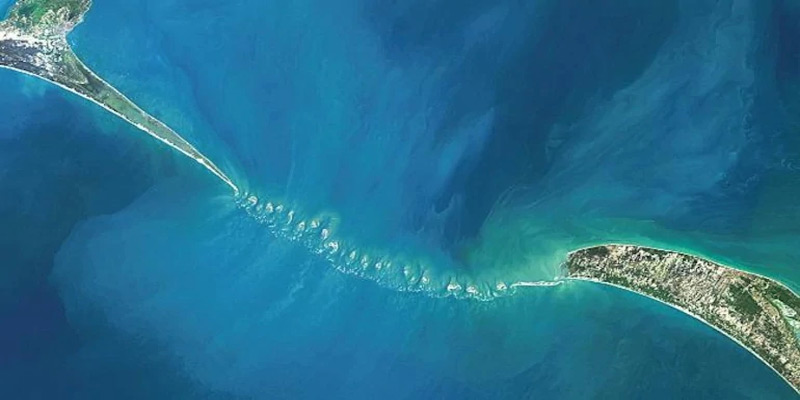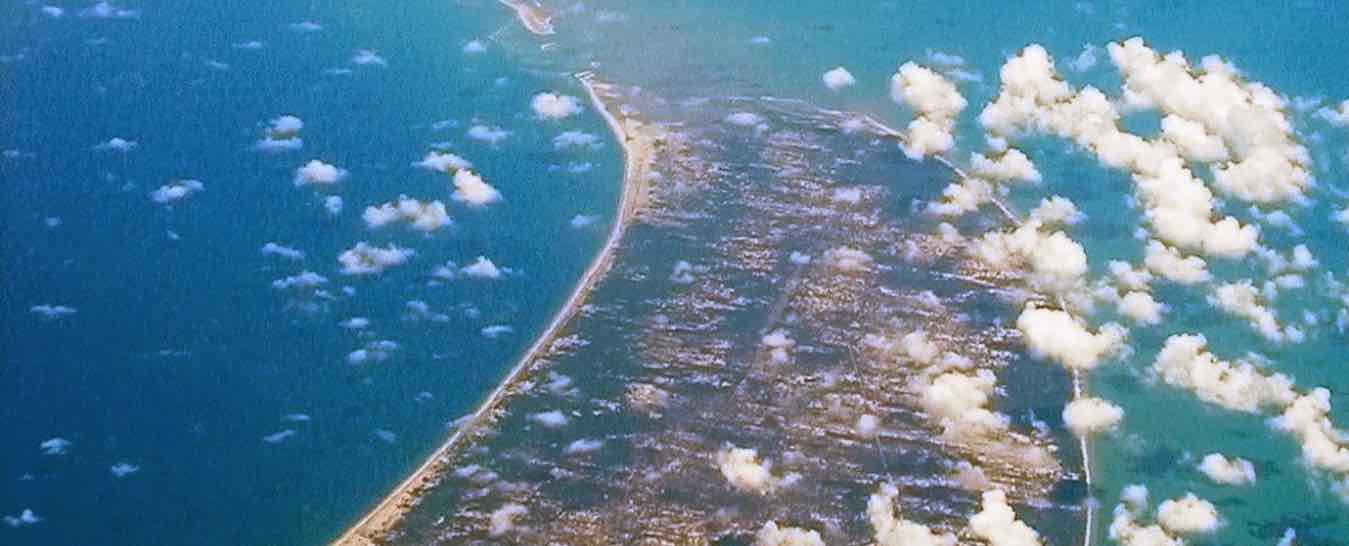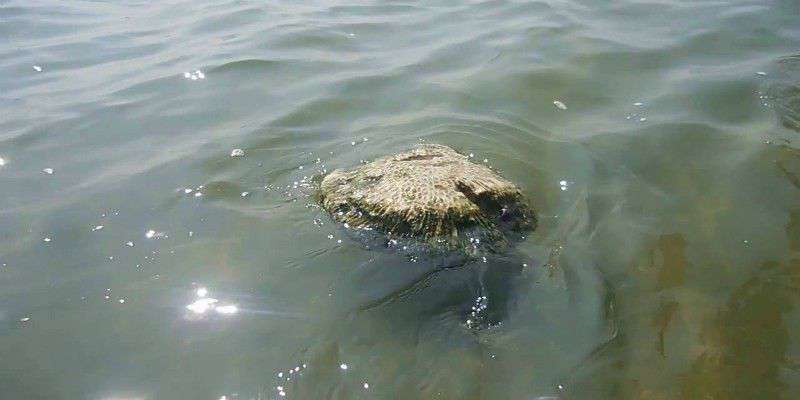


Adam's Bridge or Rama Setu
Adam's
Bridge, also
known as Rama Setu, is
a chain of natural limestone shoals between Rameswaram Island,
off the south-eastern coast of Tamil Nadu and Mannar, off the
north-western coast of Sri Lanka. Geological evidence suggests that the
bridge was formerly a land connection between India and Sri Lanka.
The
feature is 48 km long and separates the Gulf of Mannar from the Palk
Strait. Some regions of the bridge are dry, and the sea water in the area
rarely exceeds 1 metre in depth, making
it quite difficult for boats to pass over it.
In the Book
of Ibn Khoradadbeh, a Persian Geographer (c.850) the structure is referred to as Set Bandhai meaning Bridge of the
Sea. Al-Biruni’s Tārīkh al-Hind (c. 1030) was probably the
first to use the name Adam's Bridge This appears to have been premised on
the Islamic belief that Adam’s Peak where the biblical Adam fell
to earth — is located in Sri Lanka, and that Adam crossed over to peninsular
India via the bridge after his expulsion from the Garden of Eden
The
ancient Sanskrit epic Ramayan mentions a bridge constructed by
the God Ram to reach the island Lanka and rescue his
wife Sita from Ravana. In popular belief, Lanka is equated to
present-day Sri Lanka and the bridge is described as "Rama's Setu".
The
bridge starts as a chain of shoals from the Dhanushkodi tip
of India's Pamban Island. It ends at Sri Lanka's Mannar Island.
Pamban Island is accessed from the Indian mainland by the 2-km-long Pamban
Bridge. Mannar Island is connected to mainland Sri Lanka by a causeway.








